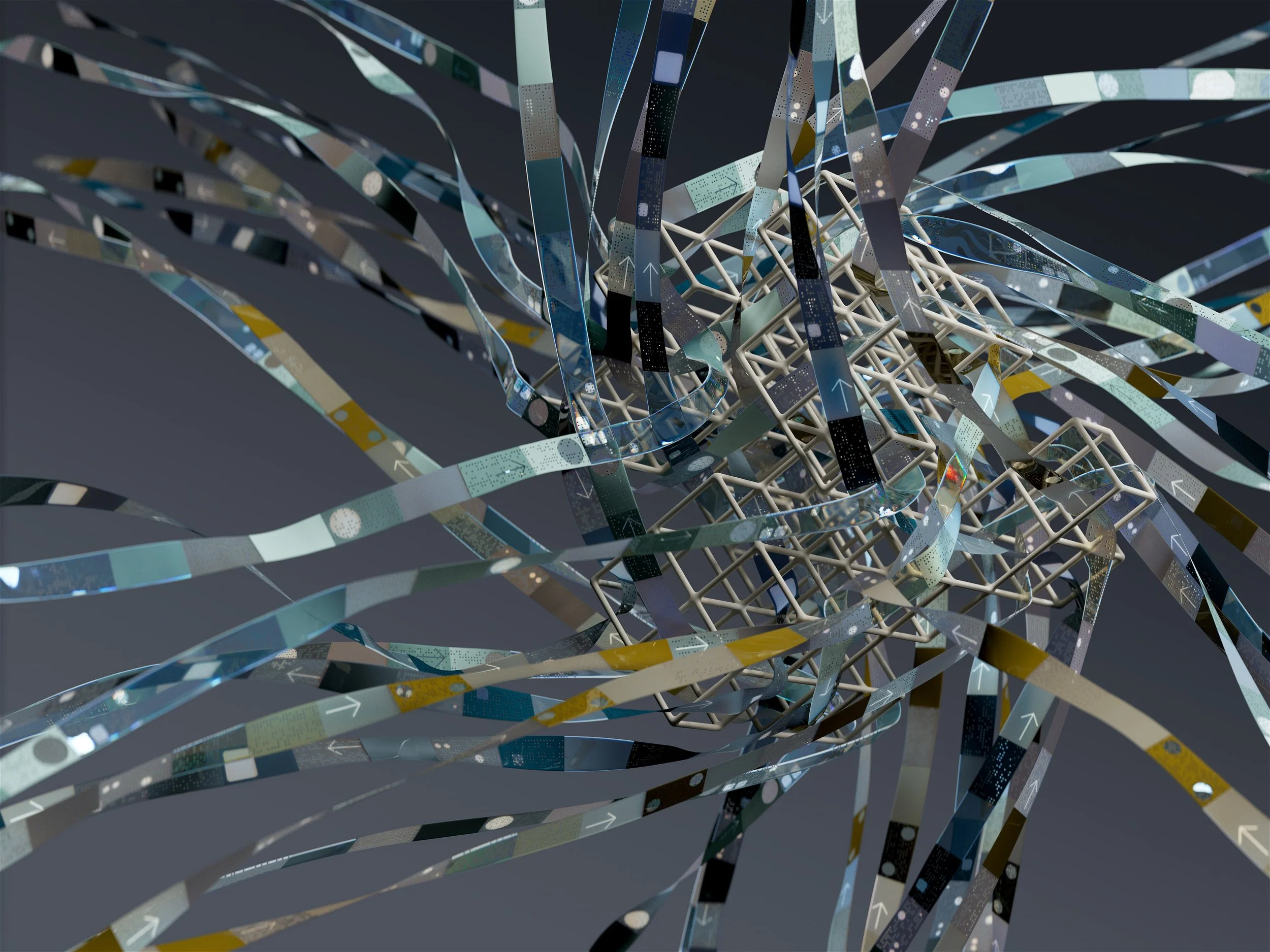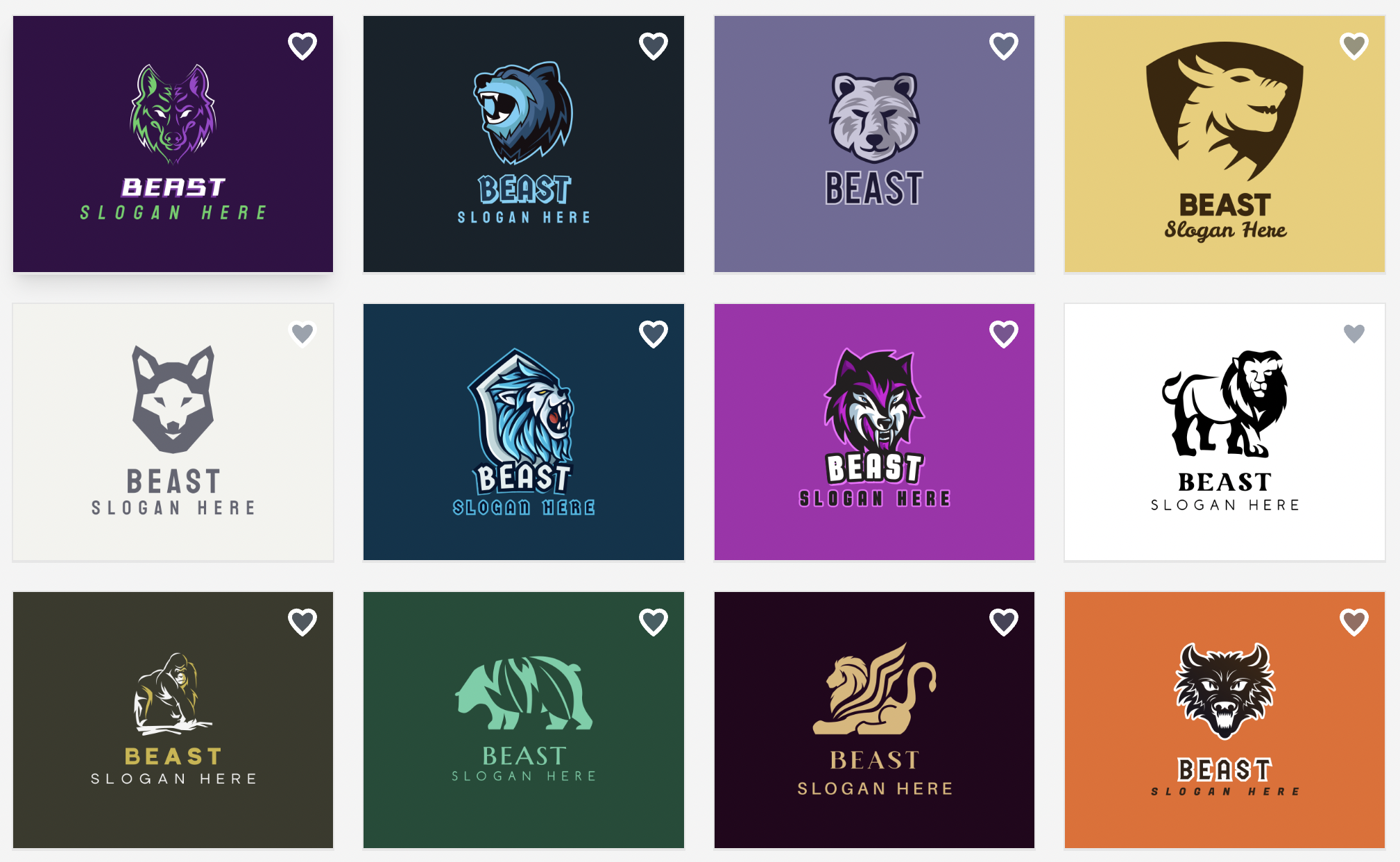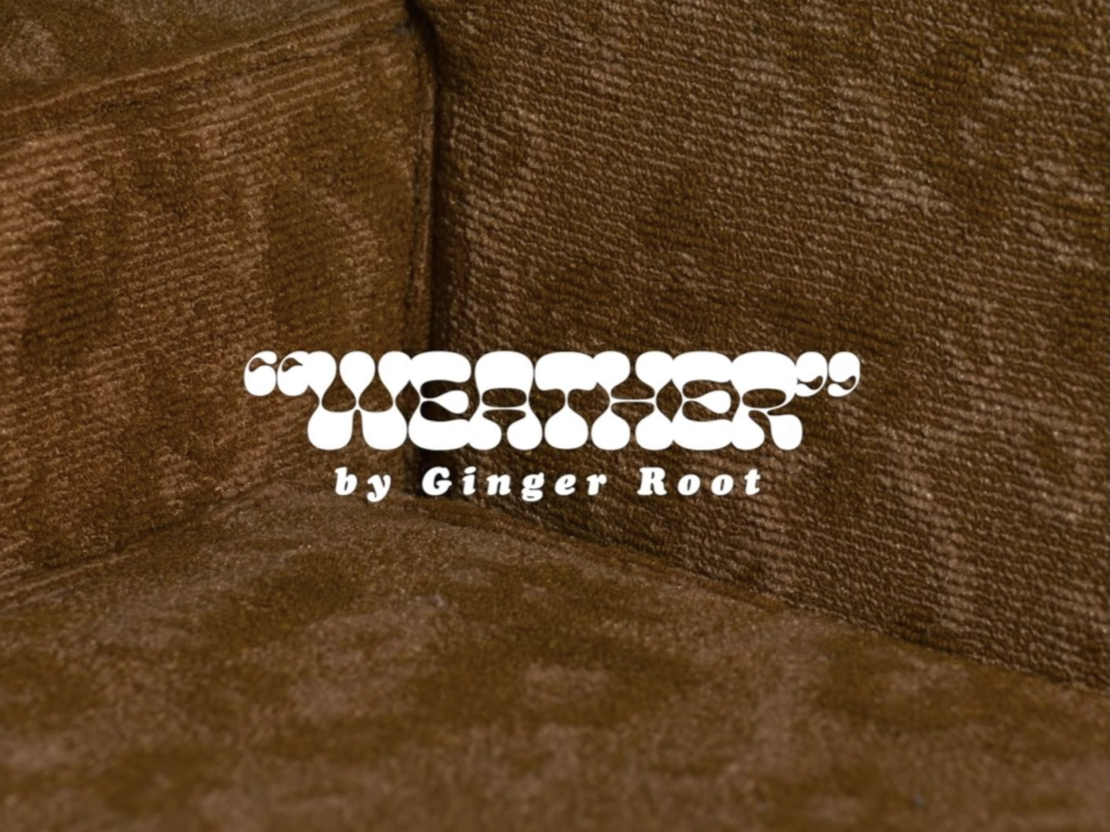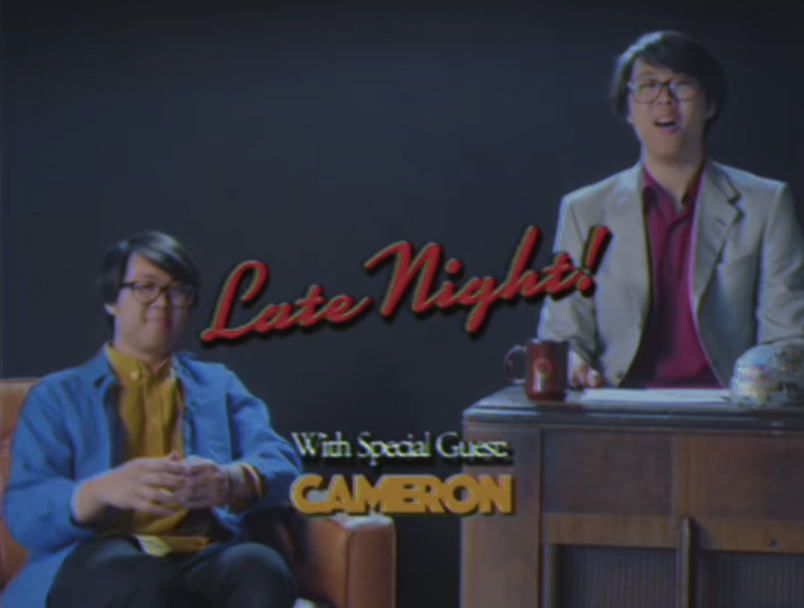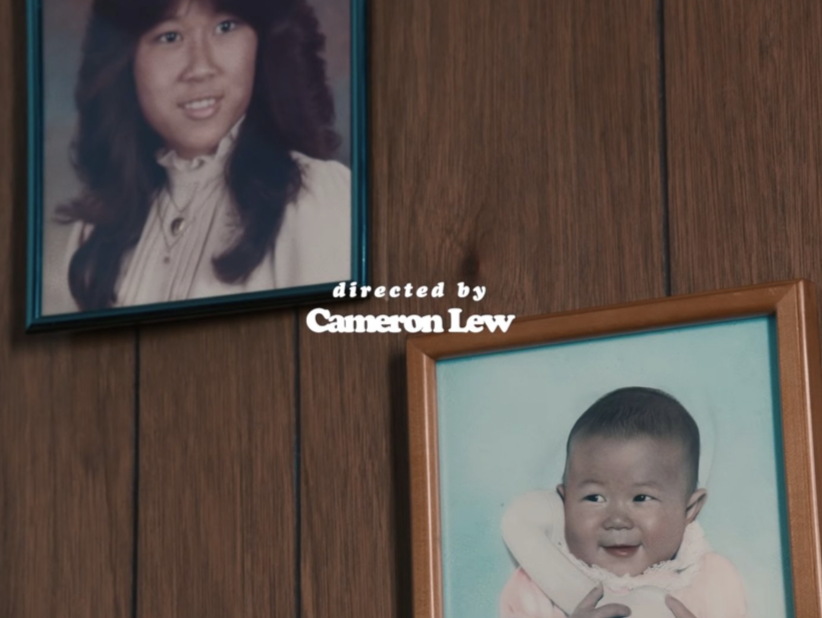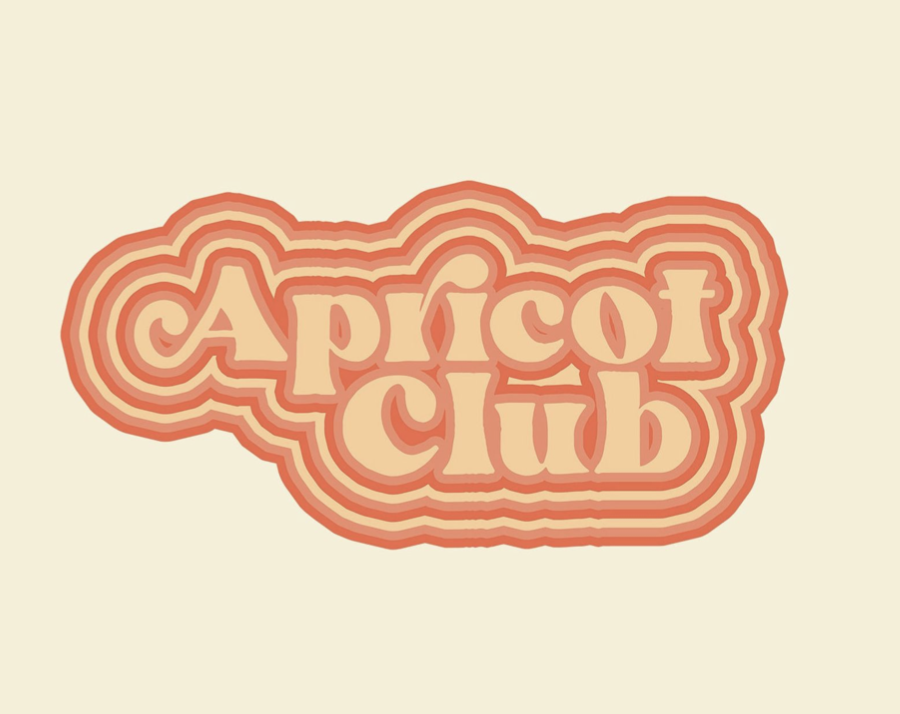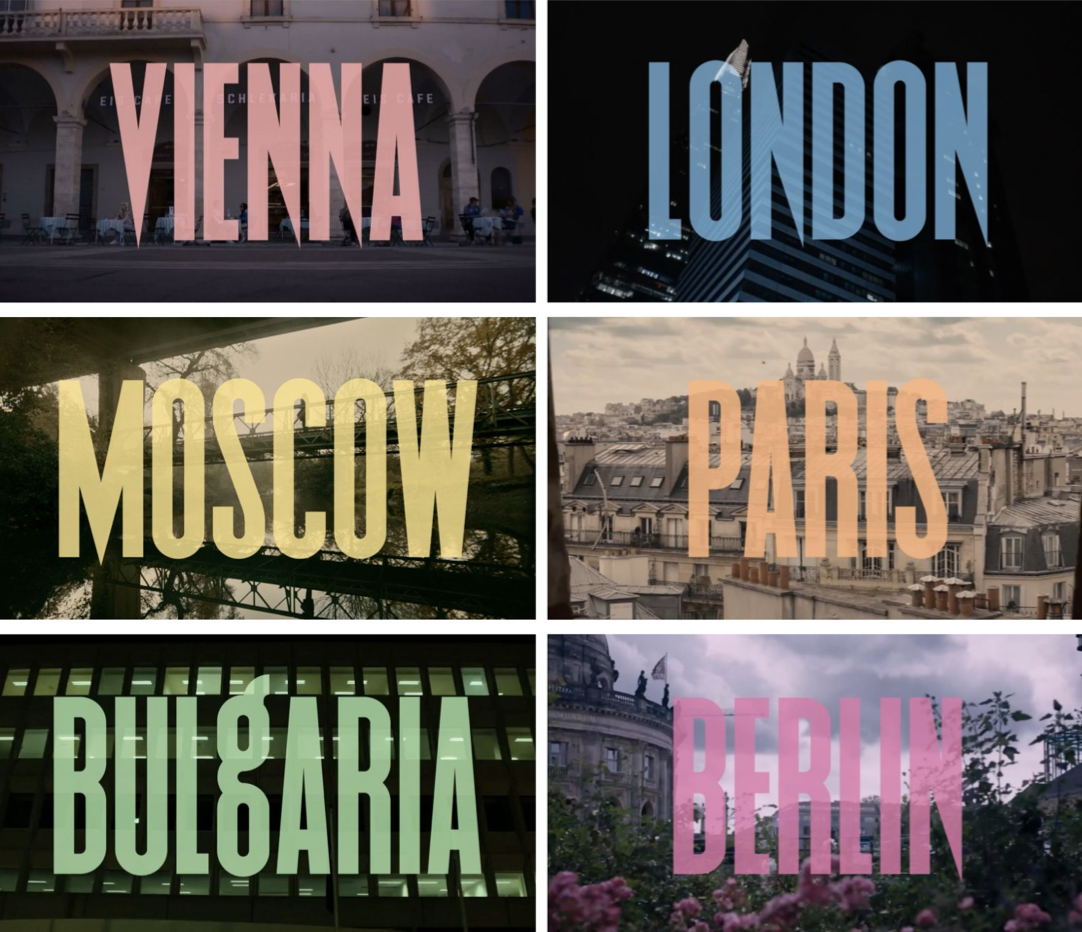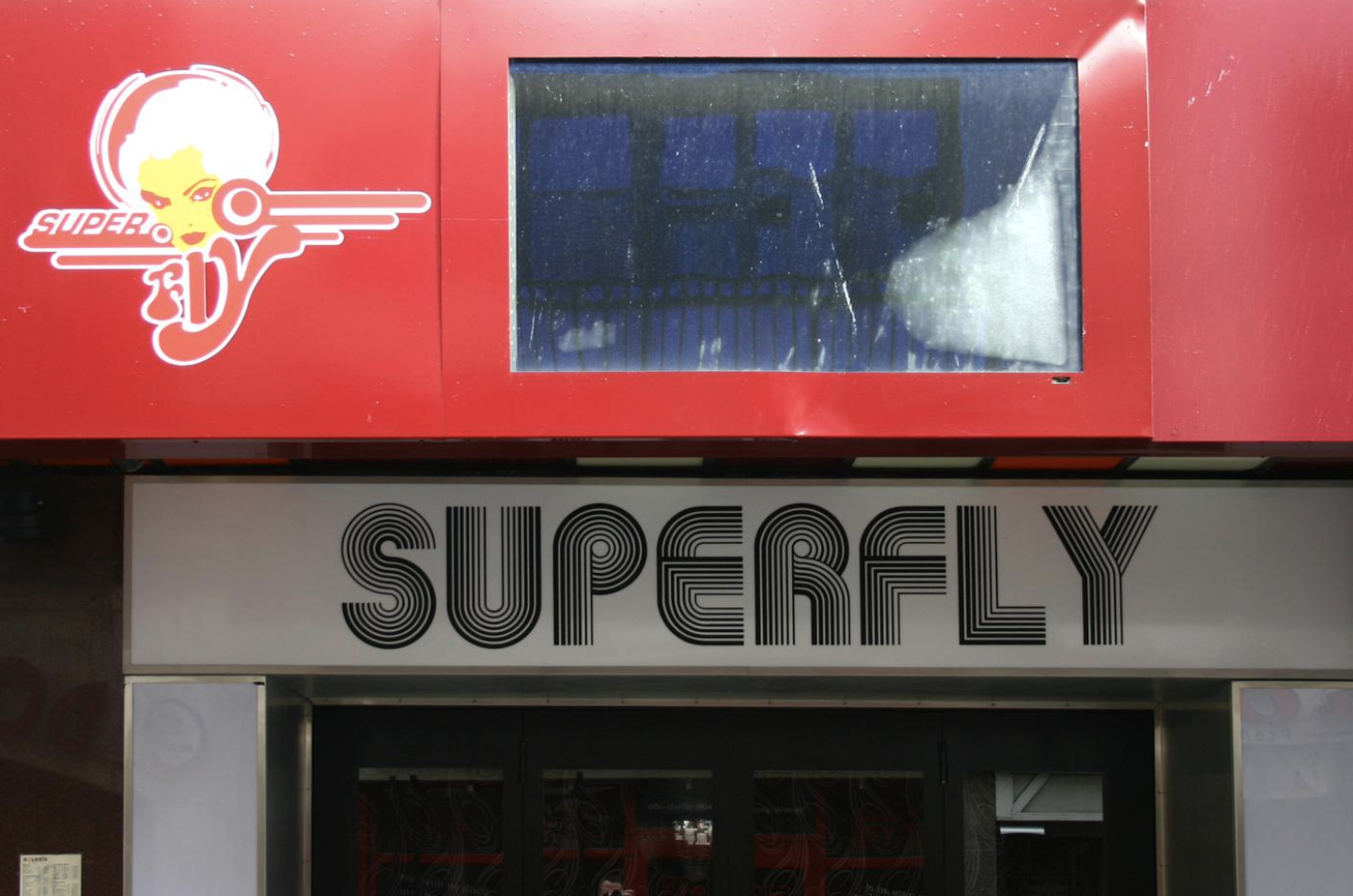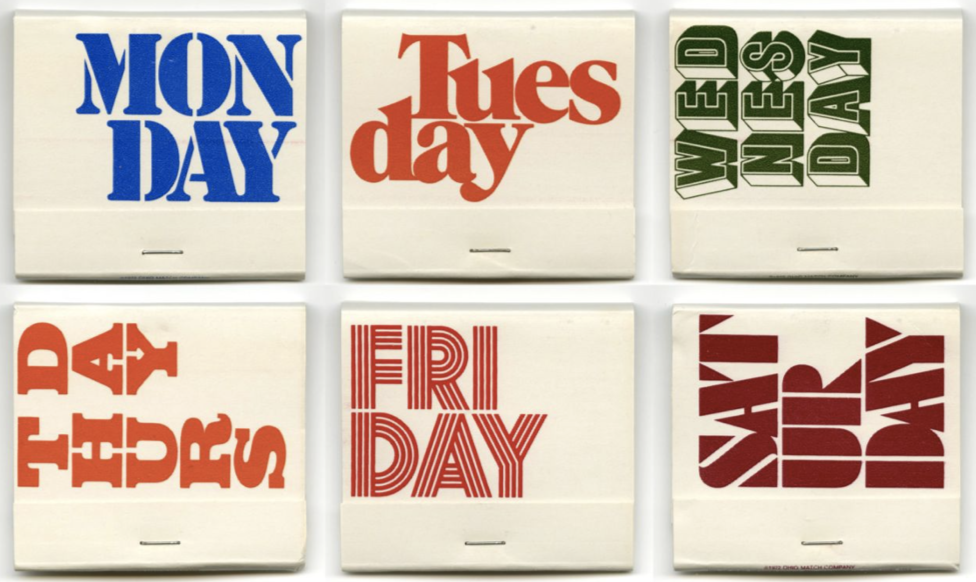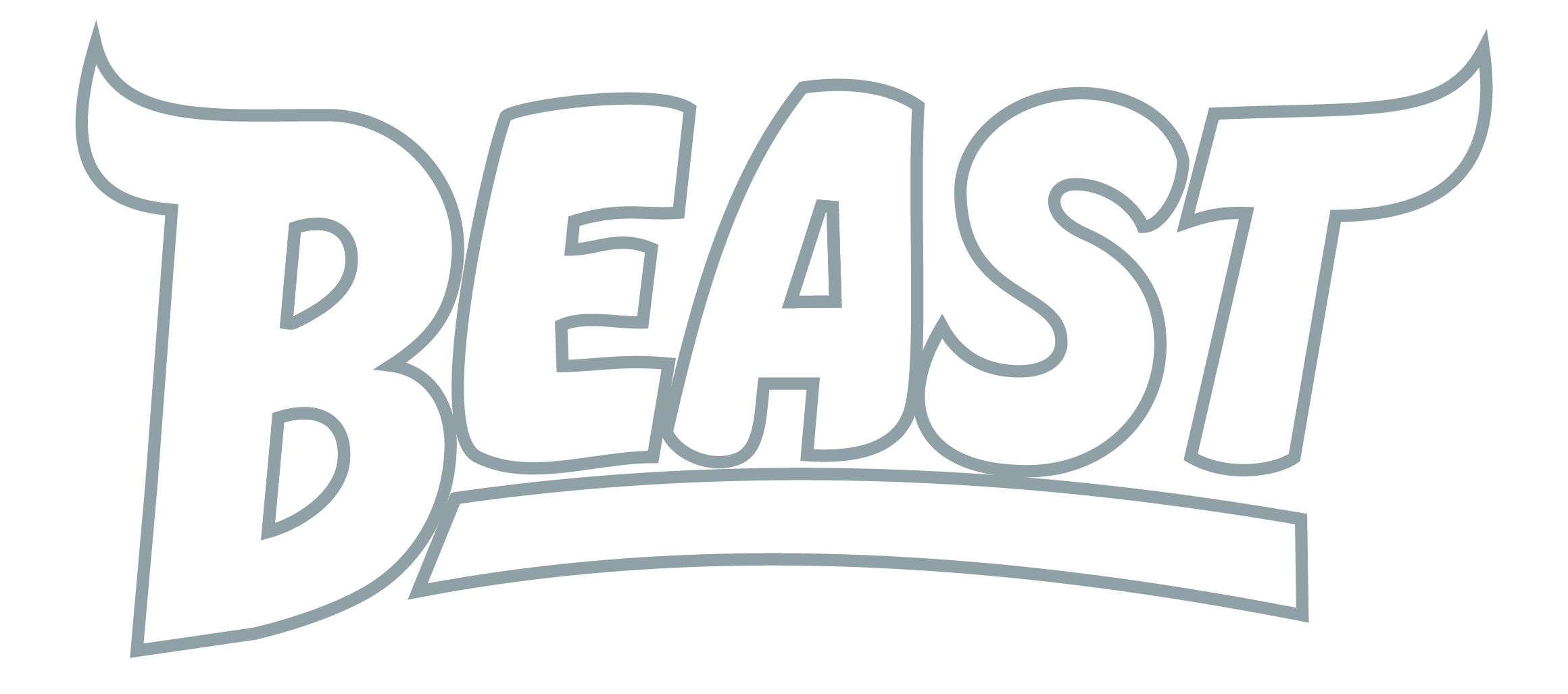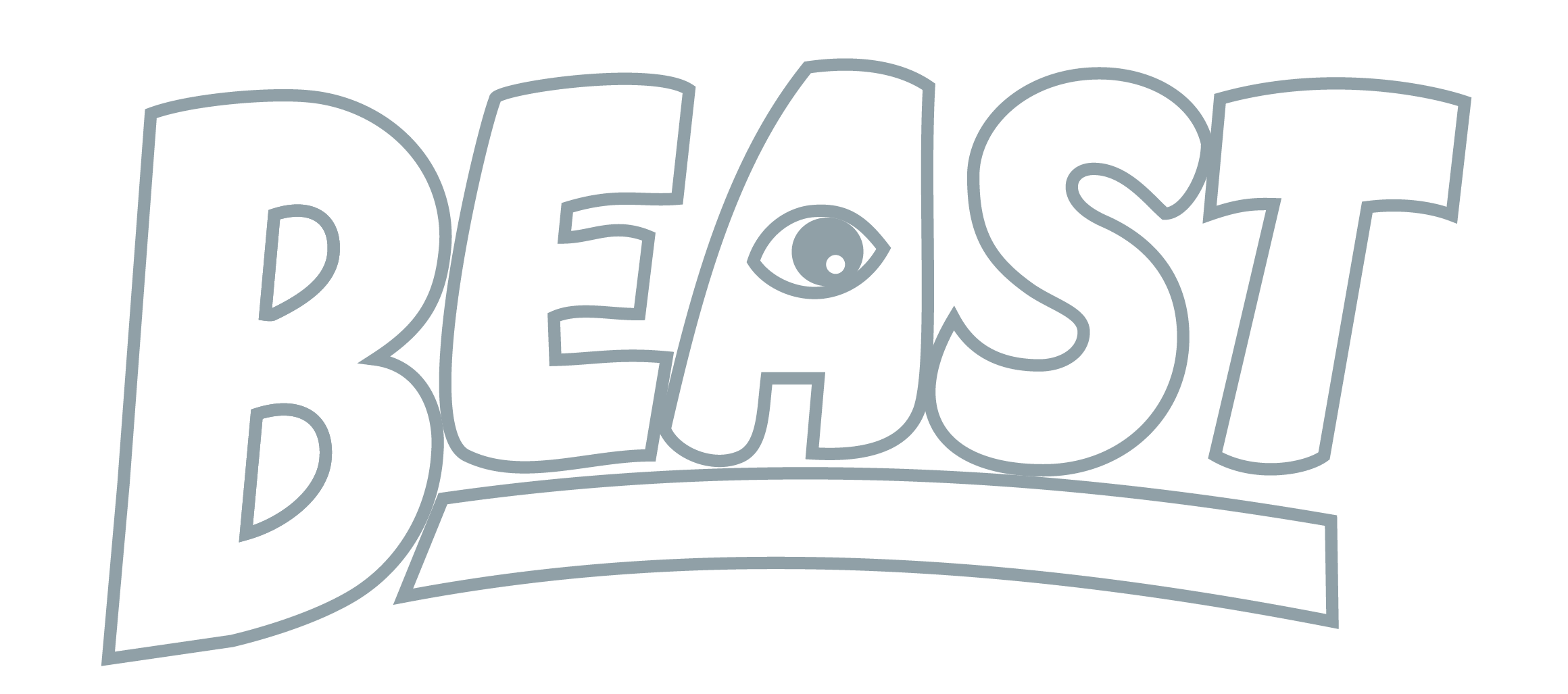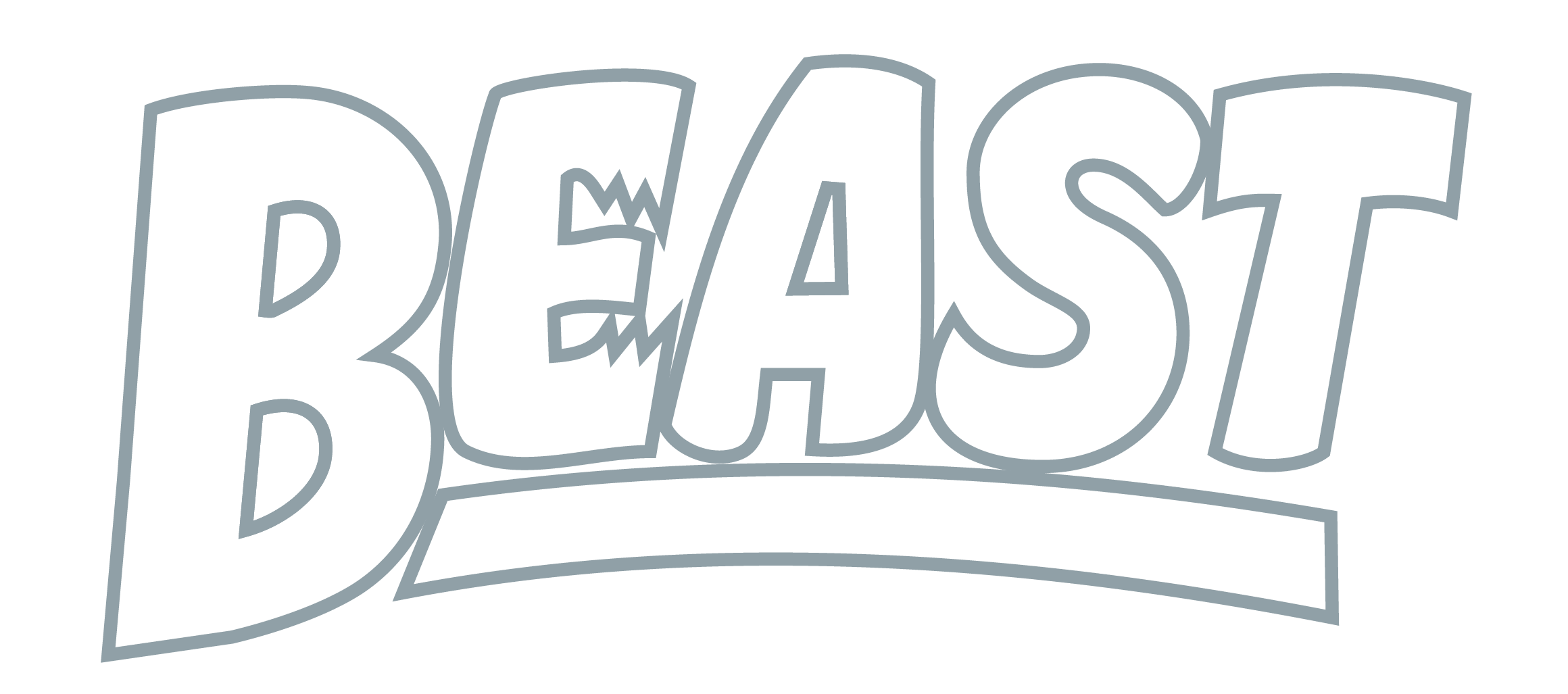The Art of authenticity: Human designers vs aRTIFICIAL iNTELLIGENCE
Listening, and how we listen makes service providers unique. Any good leader takes care over understanding a client’s brief, asking the right questions, digging deep and paraphrasing back what we think they want; this conversational element makes our design process unique, fun and enjoyable. Take the human element out, and what have you got?
Good design is about uncovering what makes a project unique—telling a story, expressing ideas, and connecting with the right audience. It often starts with a deeper concept, whether rooted in symbolism or human empathy. A key part of the process is understanding the client—their personality, tastes, and goals—and interpreting the brief with creativity and intuition. It’s a collaborative effort, evolving through dialogue into something meaningful. While humans can't instantly pull from a vast database, we bring thoughtful, intelligent responses that give design both style and substance.
Most of our clients have a hard time describing exactly what they want. Chat GPT is trained on a variety of sources. It steals and is yet able to offer original work. However, with the technology developing rapidly, it could be only a matter of time before AI can interpret a brief with a similar level of creativity and flair as a designer can. Eek.
If you take the human element away and replace with AI to get a scrappy, unoriginal design you won’t have a brand that reflects who you really are, and as for the design process that includes hand–holding throughout every step so you know where you are, scrap it. Your brand will look disjointed.
While logos can be created quickly, they are superficial. The cost of bad design is dire.
AI can produce visually impressive work, but, right now, successful results require carefully engineered prompts; finding the right combination of words can be a frustrating experience––ask AI artists who spend hours honing their requests, leading AI by the hand to the solution they're looking for. Further, if you try asking Chat or any other platform to create a brand book for consistency it can’t deliver.
Style Drop has to be our favourite AI tool right now. StyleDrop learns and fine-tunes new styles with impressive efficiency and can be trained with your brand assets, enabling you to prototype ideas in your unique style quickly. You can generate images of "your subject" in "your style," opening up a new dimension of personalised creativity. Imagine the possibilities: generating a series of images in a "vintage sepia-toned photograph" style or a "vibrant pop-art" style, simply by describing and referencing one image.
AI can be a valuable tool for streamlining specific tasks and establishing a foundation of rough ideas for human designers to build on. Variations sit at the heart of good design, and if there’s one thing AI has infinite patience for, it’s variations.
To the right you can see what happened when we typed in our client’s name ‘Beast’ to an AI logo generator. AI puls images from a vast database, so what does it say about the individuality of your brand? When creating the Beast Casting brand identity, we questioned the founders to understand what BEAST should be and gauge all aspects of the business; its personality, vision, and values.
conclusion
Disruption is inevitable. How long can the human designer continue to come out on top, thanks to our emotional intelligence, creativity and cultural understanding? Who knows, but as we move forward into this new world, let’s remember the values of a conversation, humanity and listening; really listening.
FURTHER READING
How to Create Oil Paintings with AI
A.I. Poses ‘Risk of Extinction,’ Industry Leaders Warn
Whispers of A.I.’s Modular Future by The New Yorker Magazine
Up to 8 Million UK Jobs at Risk From AI Unless Government Acts
AI creator on the risks, opportunities and how it may make humans 'boring'
The ripples AI has been creating are only just beginning.
Rapid advancements are transforming the way we work. Should we all be flocking to classes in Prompt Engineering?
Maybe.
Does AI spell the end of design thinking strategies?
Perhaps.
“Firefly is the natural extension of the technology Adobe has produced over the past 40 years, driven by the belief that people should be empowered to bring their ideas into the world precisely as they imagine them.”
While AI has made significant strides in copywriting, it still needs to improve to compare to the human touch. Good copywriting is more than stringing words together; it's about understanding the target audience's pain points, desires, and motivations while crafting a message that speaks directly to their hearts. Although it’s increasingly sophisticated, AI-generated copy often needs more warmth, empathy, and personality to engage readers––and even when the prompt specifically requests these qualities in the generated content, a lack of nuance results in a great deal of exclamation marks and stiff-sounding copy, littered with tone-of-voice mistakes a seasoned professional would intuitively avoid.
a case study
Lesley Beastall has been the go-to casting director across the UK and Europe. She’s sourced the best talent for award-winning advertisements. Lesley approached us when she wanted a brand new identity for her sister company Beast Casting. After a strategy style session where we took time to understand what she was after, here’s the research:
We found Beast’s characteristics were trustworthy, reliable, informal, and disruptive. We worked alongside type designer Marie Boulanger to create a hand-drawn logo combining the typography of old movie posters and including elements of cheekiness within the letterforms. The final logo was treated with animated elements to create playful moments of interaction for website visitors to experience. We also developed an illustrative system to complement Beast’s colour palette, inspired by recent television shows. We experimented with a variety of illustrative styles, including silhouetted animal shapes, before finding success with drawings inspired by expressive modern art - complementing the founder’s passion for the artistic world.








